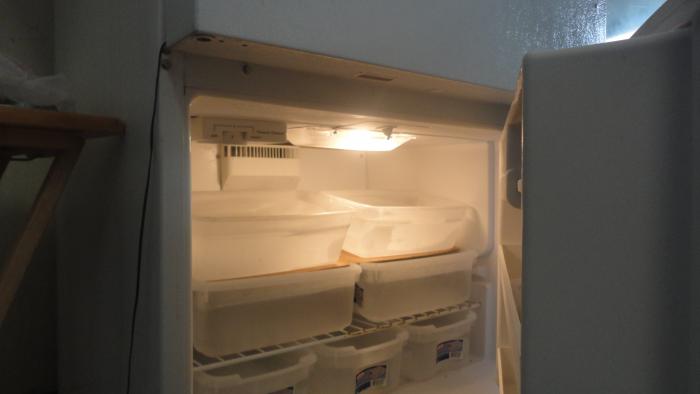DPBISME
Well-Known Member
Since I started this mess.... I went and looked at Wyeast, White Labs, andf Danstar...
One of them had Belgians up to 76 F I think,,, what ever it was it was 2 degrees warmer than the other...
One offered Saison that went to 80 F.
So, in the Summer-Time; a Saison yeast in all my recipies??? Hell why not,,, it will not go to waste...
DPB
One of them had Belgians up to 76 F I think,,, what ever it was it was 2 degrees warmer than the other...
One offered Saison that went to 80 F.
So, in the Summer-Time; a Saison yeast in all my recipies??? Hell why not,,, it will not go to waste...
DPB





